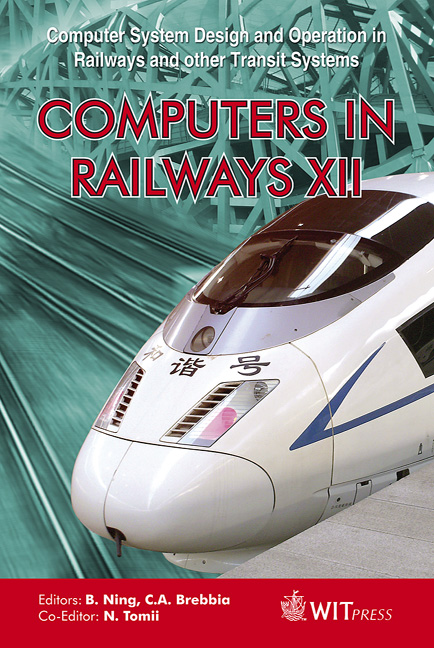A Model For The Coordination Between High-speed Railway Lines And Conventional Rail Lines In A Railway Passenger Transportation Corridor
Price
Free (open access)
Transaction
Volume
114
Pages
13
Page Range
453 - 465
Published
2010
Size
498 kb
Paper DOI
10.2495/CR100421
Copyright
WIT Press
Author(s)
Y. Bao
Abstract
With the construction of high-speed railway lines in China, there are growing concerns about the rational transport cooperation between high-speed railway lines and conventional rail lines. A rational transport cooperation scheme can improve railway capacity utilization, train speed, service and the organization quality of railway transportation. The previous research mainly focused on the aspect of the management of railway or passenger organization, which ignored the interaction of them. Based on the planning of a railway transportation corridor and the structure and distribution of passenger flows, we addressed the problem of rational cooperation of the railway passenger transportation corridor, aiming at identifying the train varieties, quantities and the routes of trains on high-speed railway lines and existing conventional rail lines in a railway transportation corridor. A bi-level programming model for the division is proposed. The upper model is to minimize the total transportation cost, and the lower one is an equilibrium model determined by passengers. Then a solution algorithm based on a genetic algorithm (GA) is designed. Finally, the application of the model and the algorithm are illustrated by a numerical example. Keywords: high-speed railway, railway passenger transportation corridor, coordination, bi-level programming, genetic algorithm. 1 Introduction The coordination of high-speed railway (HSR) and conventional railway (CR) is the issue to identify train routes, train quantity and the distribution on the two
Keywords
high-speed railway, railway passenger transportation corridor, coordination, bi-level programming, genetic algorithm





